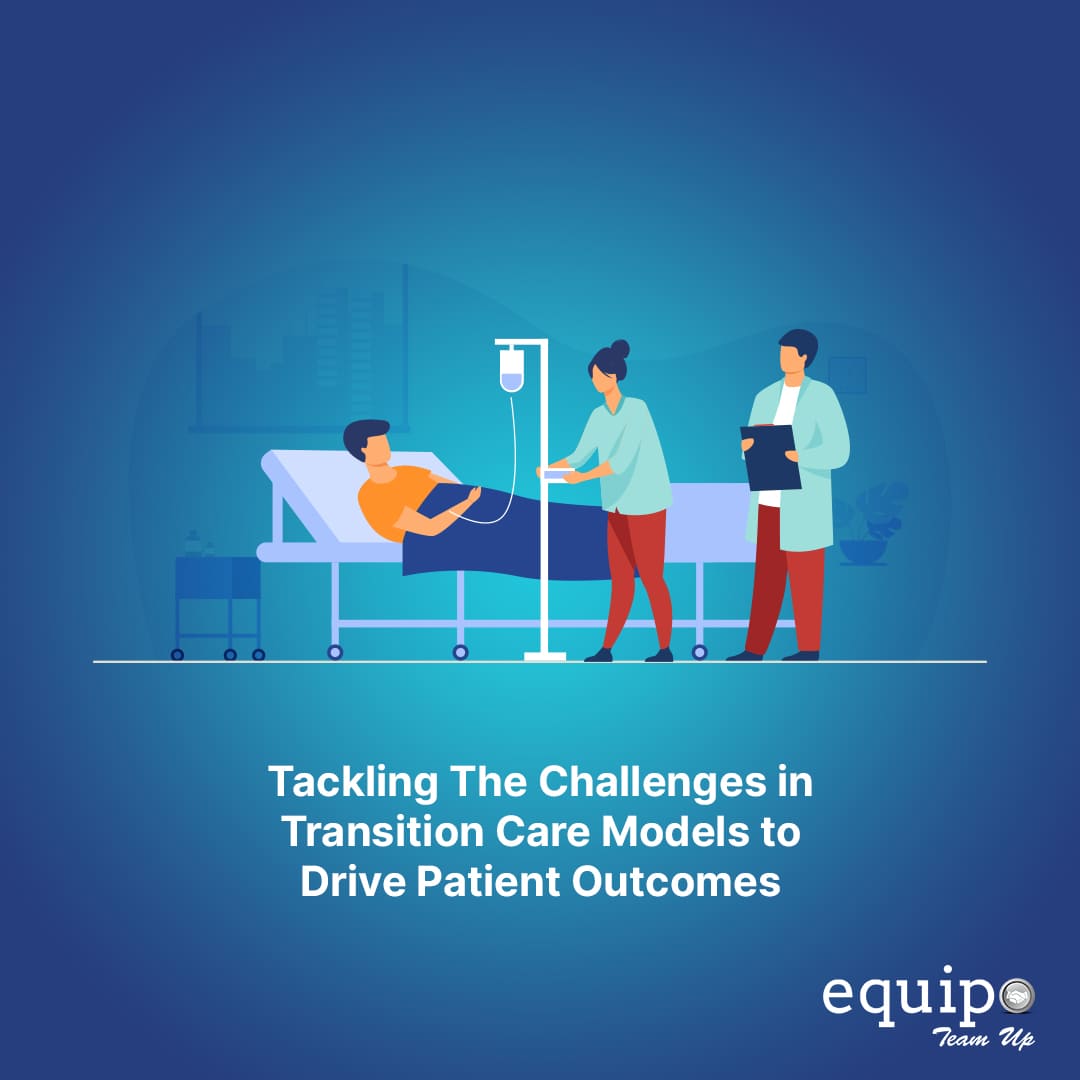Transfer of patients from one care unit to another such as from hospitals to home care or from one clinic center to another indirectly impacts patient outcome. Along with patients there is also a need to transfer all the necessary data and information pertaining to the patient (risk population and acute care patients), including payment details, insurance, medications, symptoms, treatment and much more.
Transitional care model bridges the gap between miscommunication using advanced features that make transition easy and organized for patients, caregivers and care providers keeping them on the same page.
A well-structured transitional model ensures enhanced patient care and better transitions between settings, reducing costs and involving patients in their healthcare process.
The settings range from the transition from primary care physician, hospital, nursing home, home, or specialist guidance. These include:
- Within settings: includes primary care to specialty care, ICU to ward
- Between settings: ambulatory clinic to care center, hospital to sub-acute care setting
- Across settings: curative care to personal or assisted living, palliative care or hospice
- Between providers: include general physicians to specialists, acute care providers to palliative care specialists.
This article discusses the challenges of transition care models and ways to rectify them.
Top Challenges During Care Transition
Transition care deals with providing services that work towards promoting patient safety and timely guidance across phases. While elderly patients require frequent monitoring to prevent breakdowns in care, transition care services play an essential role when a patient is moved from one setting to another. For example, if a person needs specialized care, then s/he may be transferred from one place or care condition to another to ensure continued health care.
However, there does exist a range of challenges faced by healthcare providers and patients during the transition, which are as listed below.
Communication breakdowns for care providers
There are multiple roadblocks that lead to communication breakdowns between care providers and patients, as well as patients and caregivers. That throws light on various risk factors such as:
- Miscommunication in sharing concerns between patient care providers and caregivers
- Missing out on essential details during the transition
- Lack of teamwork and gathering of information
- Lack of following a standardized process to ensure successful handing over
How Equipo is achieving effective communication during transitions
Equipo’s transition care model is designed to reduce the rising cases of readmissions by promoting informative transfer. It allows patients to access the coursework before discharge and gain a complete understanding of the process.
- It allows users to raise queries directly with the nursing staff
- It enables sharing information and documents with caregivers and themselves through email
- It ensures all essential data is transmitted to the next setting without missing out on anything through alerts
Managing the responsibility of the care transition coordinator during transitions over different settings
There need to be more clinical entities when it comes to care coordination. The involvement of multiple specialists or care transition coordinators in patient care can lead to much confusion. Besides, it increases the risk of uncoordinated care transition, which hinders the need for the availability of resources for patients in the transitioned setting.
How Equipo is maintaining accountability for the patients?
Equipo’s transition care coordinator system provides customized and automated care workflow that documents every piece of information. It includes data gathered from patient enrolment, plan creation, patient communication, clinical documentation and claims reimbursement using evidence-based tools when transferring the patient to another setting.
Lack of Patient Education
Patient education tops the main reason for the lack of providing proper health care. But unfortunately, it also hinders creating and planning an appropriate care plan during the transition.
Some of the significant challenges posed due to lack of patient education include:
- Following an incorrect medical regime
- Confusion regarding the instructions surrounding follow-up care
- Lack of knowledge about the medical condition or care plan
- Conflicts in understanding recommendations
How Equipo is educating the patients during transitions of care?
Equipo’s care transition enables patients to access their care plans, thereby decreasing the chance of miscommunication. The system allows users to go through the content generated and check challenges, symptoms, and feedback. It helps in following proper medical regime, follow up and prepare appropriate care plans.
Timely Identification of Admitted Patients
The critical aspect of proper patient care is the timely identification of admitted patients. It helps in preparing accurate strategies and plans during the post-discharge period. Furthermore, it includes sending alerts about a patient from admission to reduce the case of readmission.
How is Equipo tracking hospitalizations?
Equipo’s timely identification syncs data with payers to track hospitalizations. It also allows patients to include additional outreach and incorporates transition of care plan as required, understanding the patient condition.
Implementation of patient-specific care plans for patients
Implementing patient-specific care plans begins with assessing the patient’s needs and how it is carried out throughout the patient stay. It encompasses the current condition of the patient and level of functioning also coordinating with the services to allow the patient participate in the phase of transition care plans.
How do Equipo’s transition care management and care coordination help to design patient-specific care plans?
Equipo’s transition of care model ensures staying connected with patient care. It evaluates behavioral and social conditions that will help in post-acute recovery. As a result, it is easier to design care specific to patient needs to prevent readmissions and timely care.
Conclusion
Care transition tools and the well-organized model work to decrease the rate of readmission and its adverse effects. Besides, it is beneficial for patients at high risk to avoid any breakdown in the information or educate patients about their condition by meeting with transition care management.
Equipo’s transition care management tool is designed to send alerts on hospital admissions and discharging as well as promoting proper transition care.

